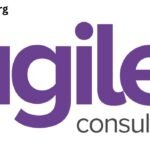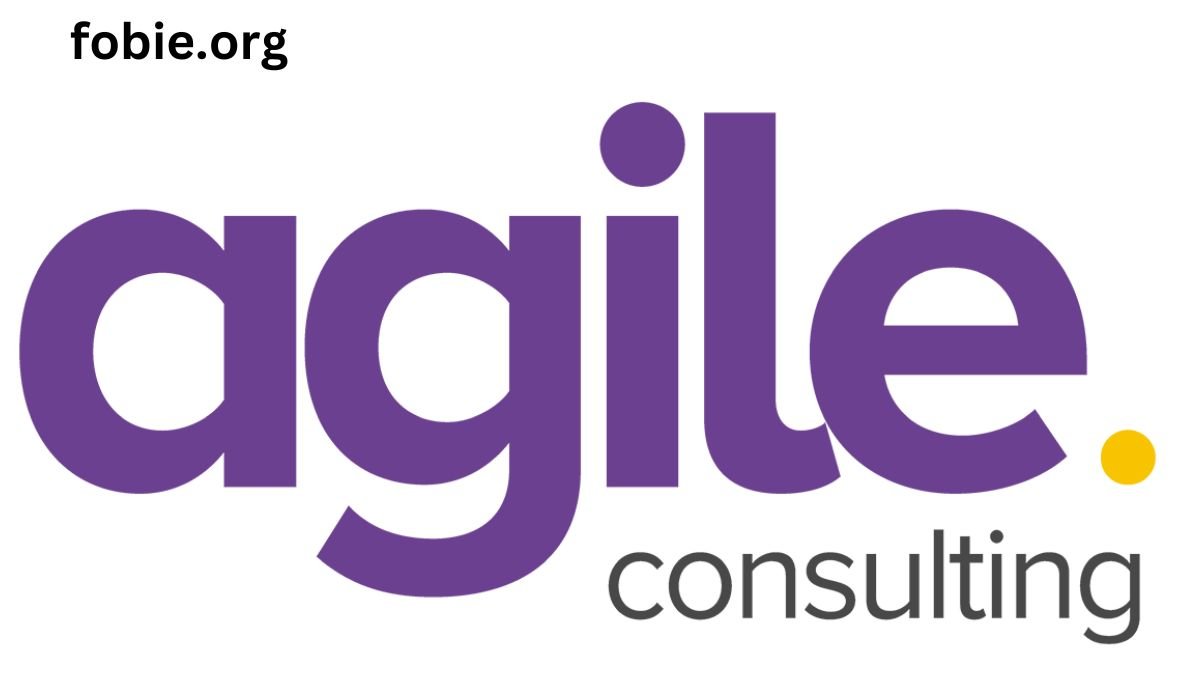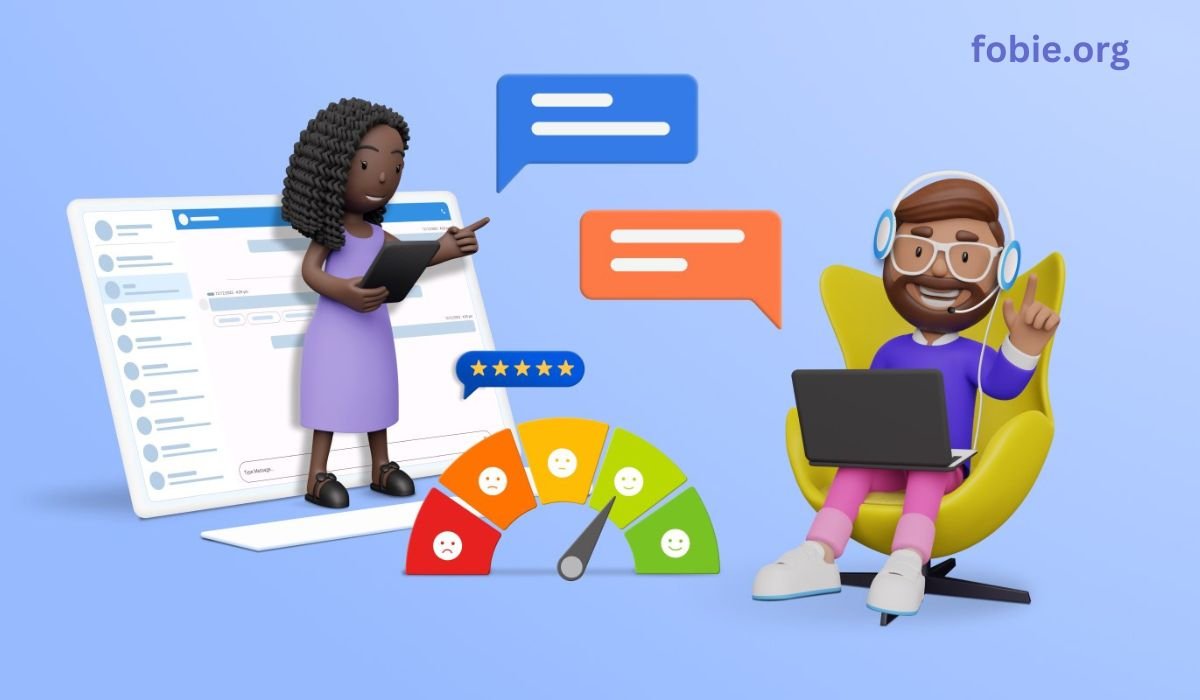Key Takeaways
- Understand the importance of continuous learning and development within an organization.
- Discover strategies and best practices for effective talent development.
- Learn how to create a culture that fosters employee growth and retention.
- Explore the role of leadership in developing a world-class workforce.
Introduction to Talent Development
Developing a world-class workforce is vital for any organization aiming to stay competitive in today’s dynamic market. This process requires a strategic approach to nurturing and leveraging employees’ skills to maximize their potential. Organizations often turn to talent management consulting to implement effective strategies that foster talent development and drive business success.
The Importance of Continuous Learning
Continuous learning is a cornerstone of talent development, and its significance cannot be overstated. Businesses that invest in their employees’ education are more likely to see improved performance and higher engagement. According to a Harvard Business Review study, companies that emphasize continuous learning foster an environment where innovation and adaptability thrive. This culture of learning not only enhances individual skills but also drives organizational success.
Employees who engage in ongoing learning are more adaptable to changes and can contribute more effectively to the organization’s goals. Continuous learning opportunities include workshops, webinars, certification programs, and on-the-job training. Providing these opportunities not only enhances skills but also boosts employee morale and satisfaction. Employee commitment and motivation are higher when they see that their professional development is valued, which lowers turnover rates and fosters a stable and effective staff.
Creating a Culture of Development
Cultivating a development-oriented culture means encouraging employees to seek growth opportunities regularly. This can be achieved through formal training programs, mentorship, or cross-departmental projects. A notable example is Google’s 20% rule, allowing employees to dedicate one-fifth of their time to projects they are passionate about. This often results in innovations that benefit the entire company. Such a culture fosters creativity, collaboration, and continuous improvement, all essential for sustaining competitive advantage.
Moreover, a culture that prioritizes development helps attract and retain top talent. When employees know their personal and professional growth is valued, they are more likely to stay with the organization. This reduces turnover rates and creates a more stable workforce. Additionally, it encourages employees to take ownership of their development, seek out new challenges, and contribute to the organization’s success.
Strategic Role of Leadership
Leadership plays a vital role in talent development. Leaders who invest in their team’s growth create a motivated and skilled workforce. Research by the Forbes Human Resources Council suggests that effective leadership development programs can increase productivity by up to 25%. Such programs equip leaders with the tools and knowledge to inspire and guide their teams toward excellence.
Leaders must set an example by participating in and promoting continuous learning. Their active involvement in development programs underscores the importance of these initiatives and encourages employees to participate. Effective leaders also recognize each team member’s unique strengths and potential, providing personalized guidance and support to help them achieve their career goals. Leaders play a critical role in promoting talent development and organizational success by building an environment of trust and encouragement.
Implementing Effective Training Programs
Training programs should align with both organizational goals and employee career aspirations. Effective programs often blend technical skills training with soft skills development. A combination of in-person workshops, online courses, and hands-on experiences addresses various learning styles and preferences, ensuring all employees benefit from the training.
For instance, technical training may cover new software applications relevant to employees’ roles. In contrast, soft skills training may focus on communication and leadership abilities. This holistic approach ensures that employees are well-rounded and prepared for future challenges. Regularly updating and improving training programs based on feedback and performance metrics ensures they remain relevant and effective. By investing in comprehensive training programs, organizations can equip their workforce with the skills to thrive in a rapidly changing business environment.
Leveraging Technology in Talent Development
Technology is a powerful enabler in talent development. Learning management systems (LMS) and virtual training platforms offer scalable and customizable learning experiences. These tools allow companies to tailor content to fit individual learning paths, making education more relevant and engaging. Technology in training also facilitates continuous learning, allowing employees to access resources and complete courses at their own pace.
With advancements in artificial intelligence and machine learning, training programs can adapt in real-time to the learner’s needs, providing a personalized experience that enhances retention and application of new skills. These technologies can also track progress and provide insights into areas where employees may need additional support. Organizations may design a flexible and efficient talent development plan that adapts to the ever-changing needs of the business world by utilizing technology.
Measuring and Adjusting Development Strategies
For talent development initiatives to be effective, it’s crucial to measure their impact continuously. Utilize performance metrics and employee feedback to assess the success of your programs. Metrics such as employee retention rates, job satisfaction scores, and performance evaluations provide insights into what works and needs adjustment. Regular assessment helps identify strengths and areas for improvement, ensuring that development programs remain aligned with organizational goals.
Regular review of development programs ensures they align with the organization’s and its employees’ evolving needs. This ongoing evaluation helps identify gaps and improvement opportunities, leading to more effective development strategies over time. By staying attuned to the changing needs and preferences of the workforce, organizations can create a dynamic and responsive talent development strategy that fosters continuous growth and improvement.
Conclusion
Building a world-class workforce through talent development is a multifaceted endeavor that requires commitment and strategic planning. By fostering an environment of continuous learning, leveraging technology, and maintaining strong leadership, organizations can cultivate a workforce ready to meet tomorrow’s challenges. Effective talent development enhances individual skills and career satisfaction. It drives organizational success, creating a win-win scenario for employees and employers.











